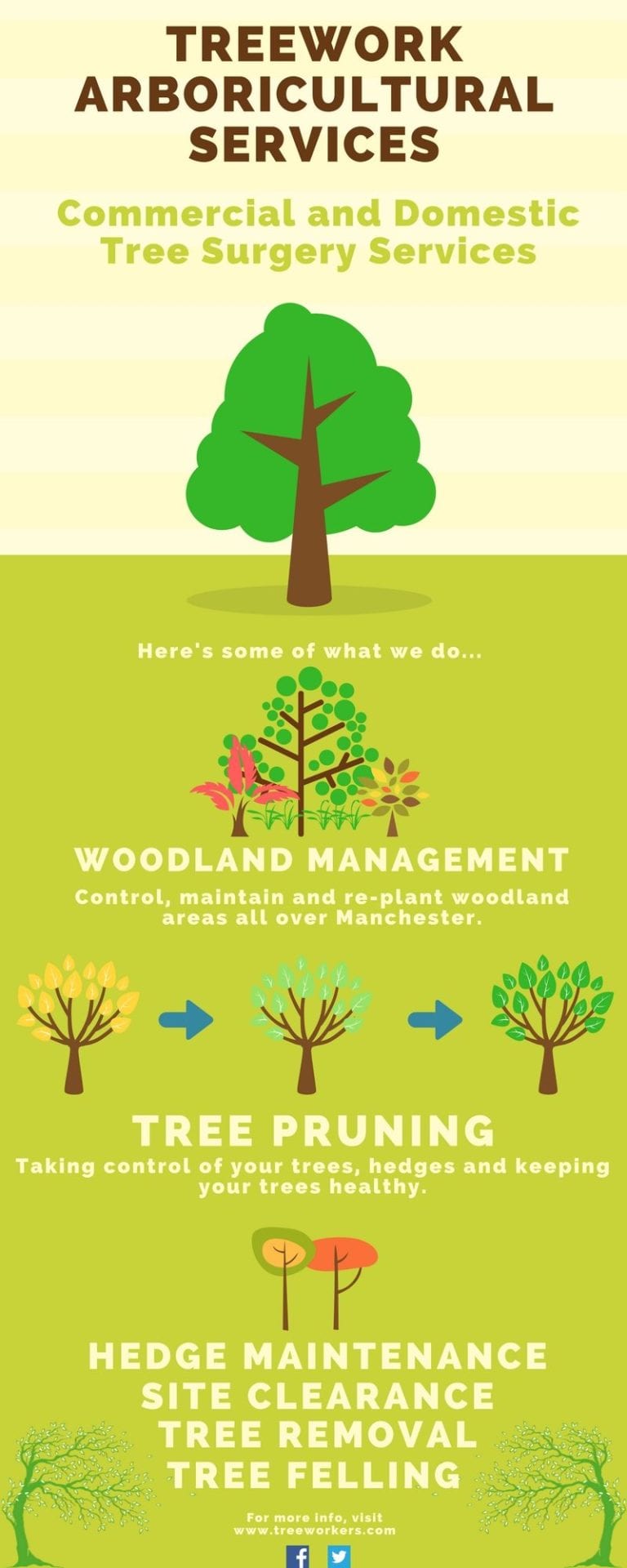Post-Tree Elimination Care: How To Recover Your Landscape Effectively
Post-Tree Elimination Care: How To Recover Your Landscape Effectively
Blog Article
Short Article Produced By-Powell Leblanc
After a tree's elimination, your landscape might look fairly various, and it's necessary to evaluate the results very carefully. You'll wish to evaluate the dirt disruption and inspect surrounding plants for any type of indications of anxiety. Disregarding these aspects can result in bigger troubles down the line. So, what should you finish with those stumps and roots? And exactly how do you pick the very best plants for your revitalized space? Let' How To Trim A Tree To Keep It Small out these crucial actions.
Examining the Consequences: Reviewing Your Landscape
After a tree removal, it's important to examine your landscape to comprehend the impact it carries your backyard.
Start by taking a look at the location where the tree stood. Seek indicators of dirt disturbance, and examine the bordering plants for any type of stress and anxiety or damage.
You ought to likewise bear in mind of just how the elimination has altered sunlight exposure and airflow in your garden. This change can impact the growth of close-by plants, so it's necessary to assess their health and wellness.
Think about the visual aspects also; the removal could produce an open space that you can revamp.
Finally, consider any type of prospective disintegration concerns that could develop from the tree's absence. Dealing with these variables early will assist recover equilibrium to your landscape.
Taking care of Stumps and Roots: Alternatives for Elimination
When you have actually evaluated the aftermath of the tree removal, you'll likely require to take on the stump and origins left.
You have a couple of options for removal. One reliable technique is stump grinding, where an expert uses a device to grind the stump down to below ground level. This method leaves very little interruption to your landscape.
If you choose a DIY method, you can make use of a combination of digging and chemical stump removers. Just remember, this process can take time and effort.
Alternatively, take into consideration leaving the stump as an all-natural feature, which can work as an unique yard element or environment for wild animals.
Whatever you choose, resolving the stump and origins is essential for restoring your landscape.
Selecting the Right Plant Kingdoms for Your New Space
As you examine your newly gotten rid of space, picking the right plants can considerably improve your landscape's charm and capability.
Beginning by thinking about the sunlight and soil problems. For warm locations, go with drought-resistant plants like lavender or succulents. In shaded spots, brushes and hostas thrive well.
Think of the dimension and development behaviors of your plants; mix perennials and annuals for seasonal variety. Don't neglect to include native species; they call for much less upkeep and assistance neighborhood wildlife.
Group plants in odd numbers for a much more natural appearance and develop layers for aesthetic depth.
Finally, guarantee you have a mix of shades and appearances to maintain your landscape vivid throughout the seasons.
How To Trim A Tree Branch growing!
Conclusion
Finally, restoring your landscape after tree removal is a rewarding procedure. By examining the consequences, attending to stumps and origins, and picking the right plants, you'll produce a growing setting. Do not neglect to integrate disintegration control procedures to shield your soil. With a little effort and care, you can transform your area into a vibrant yard that enhances your property. Welcome the chance to invigorate your landscape and enjoy the charm of nature right in your backyard!
